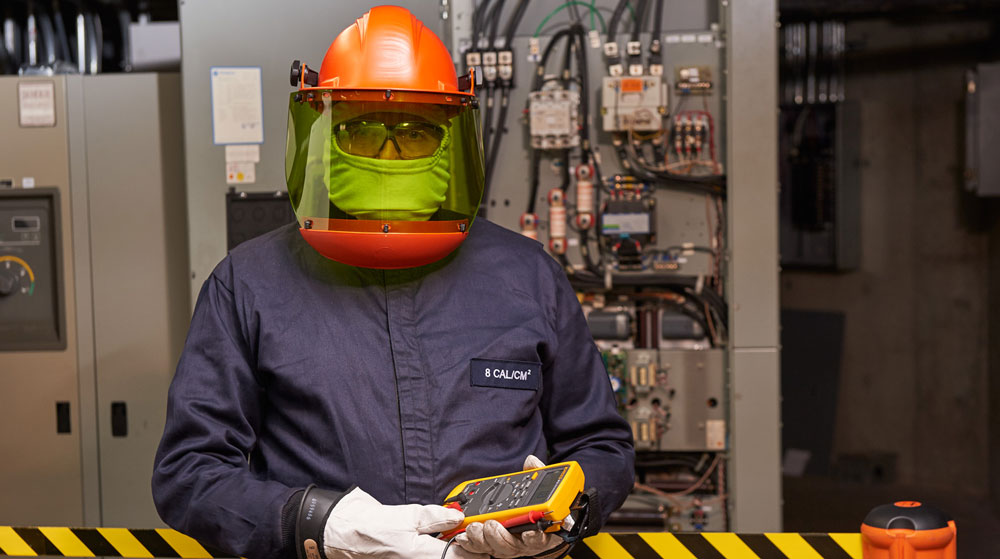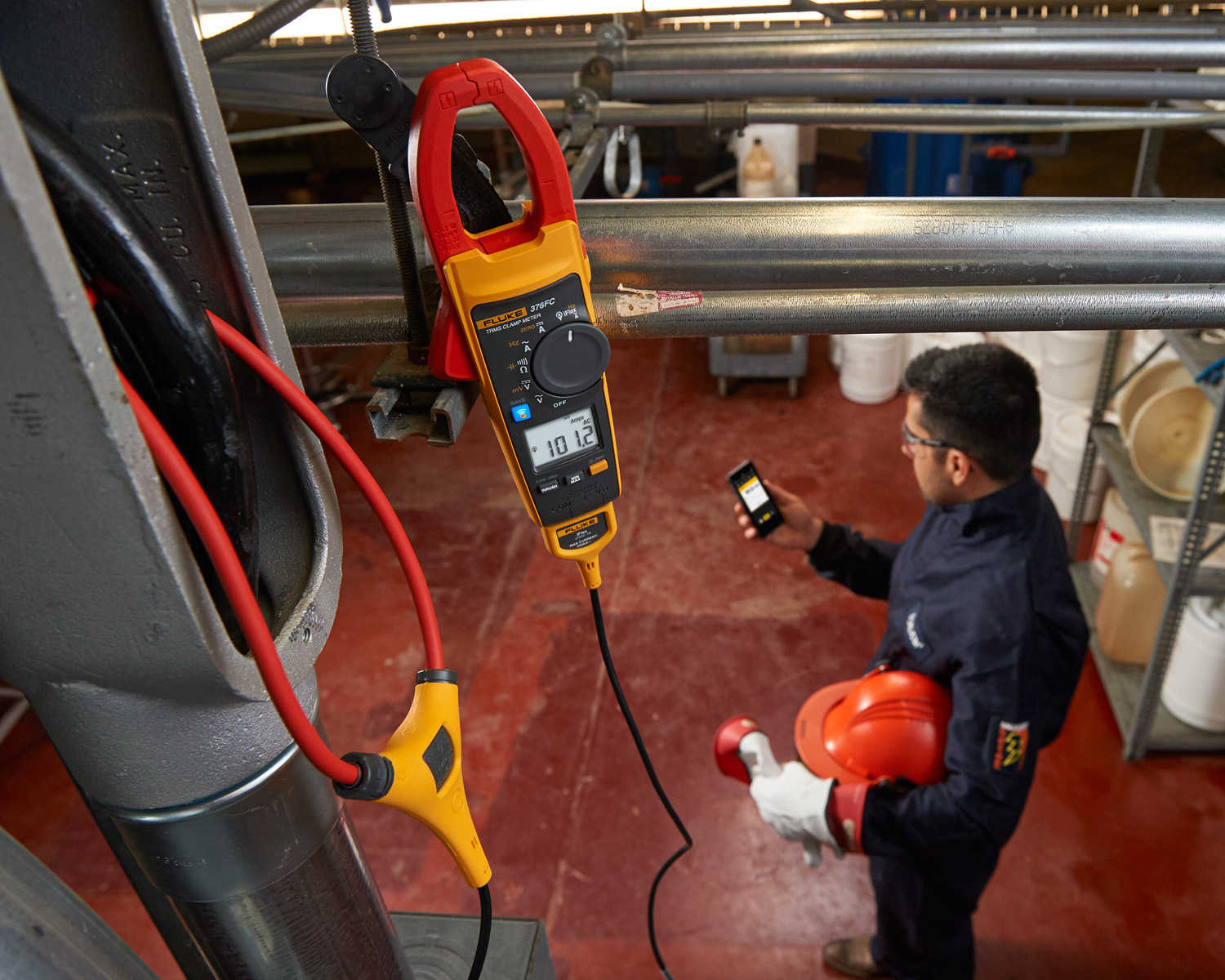
Electricians and technicians know the power of electricity, but safety procedures can sometimes soften under day-to-day workloads. To make sure everyone follows appropriate safety practices, management and workers need to communicate effectively about safety, get employees engaged in safety programs, and think strategically about the long-term safety culture of their companies. Safety culture expert Chuck Pettinger of Predictive Solutions has found three key changes that companies can make to build a successful culture of safety.
1. Communicate
Effective safety communication can take many forms, including goal setting and incentive programs. Pettinger suggests concentrating on positive metrics; focusing on accidents and injuries “drives a lot of safety reporting underground. And it may unintentionally hurt the culture.” Instead, track the quality of safety inspections or how many employees participate in a safety initiative. People are generally more motivated by trying to improve something rather than trying to avoid or reduce something—like injuries.
2. Make It Personal
Making safety an individual responsibility helps keep it top of mind throughout the workday. Instead of focusing on where the previous shift left off, Pettinger suggests taking time during shift startup meetings to discuss potential risks and how to mitigate them.

3. Think Long Term
At many companies, new initiatives can start strong but then lose momentum and get ignored. To build a culture of safety, users need to think in both the short and long term. When starting a new initiative, set short-term goals so more progress is being made. Individual employees will feel like they can make more of an impact and management can track what changes have begun. Once people see the value of the new process, it becomes a long-term, self-sustaining part of the safety culture.
Safety Commitment Checklist
Safety culture requires a commitment from everyone—from management to line workers—to value and maintain safety throughout the operation. This checklist can help users avoid losing the original intent of essential safety standards.
Take the time to put on the proper personal protection equipment (PPE) for the job—follow the table method to see what level of gear is needed based on the National Fire Protection Association (NFPA) 70E Standard for Electrical Safety in the Workplace. Remember that wearing PPE rated for a higher hazard level than the environment calls for will not necessarily make users safer. Having the right PPE for the job is crucial—Class 2 electrical gloves are not necessary if a user never gets into equipment over 480 volts, for example. Thick gloves can reduce dexterity, which may cause users to drop a tool or a test lead when working with an energized panel.
In addition to choosing the right PPE, select handheld test tools are designed to be easier to operate with heavy gloves. It is also possible to reduce the amount of PPE required in some instances by equipping workers with noncontact tools, such as thermal imagers, infrared (IR) thermometers and wireless or remote tools that allow workers to capture data from outside the arc flash zone—which increases overall safety.
Once appropriately geared up, match the measurement category (CAT) rating of the test tool and test leads to the work ahead, and check that the tool and its accessories are safe to use. Today’s safety standards require some electrical tools to include special high-energy fuses designed to keep the energy generated by an electrical short inside the fuse enclosure, protecting the user from electric shock and burns. When it is time to replace fuses, always choose the high-energy fuses approved by the meter’s manufacturer; cheap generic replacement fuses can increase the risk of serious injury.
Matching the tool to the job also means replacing outdated equipment. The safety features in today’s test tools were unheard of even a few years ago; even if “old reliable” is still working, the new safety and test features can be well worth the cost of an upgrade.
Use lockout/tagout when necessary. Follow the steps in NFPA 70E to remove power from an electrical circuit or panel and lock out and tag the panel or circuit so that no one can re-energize it while work is in progress. In situations where it is not feasible to shut down the power, follow the Occupational Safety and Health Administration (OSHA) rules for qualified electricians and technicians working on energized systems.
When working with live circuits, remember the old electrician’s trick: keep one hand in your pocket. It lessens the chance of a closed circuit across your chest and through your heart. Hang or rest the meter if possible; avoid holding it in your hand to minimize exposure to transient charges.
Anyone who works with electricity quickly develops a healthy respect for anything with even a remote chance of being “live.” The pressures of getting a job done on time or getting a mission-critical piece of equipment back online can result in mistakes by even the most seasoned engineer or electrician, but a strong culture of safety helps every project get done efficiently and correctly.


